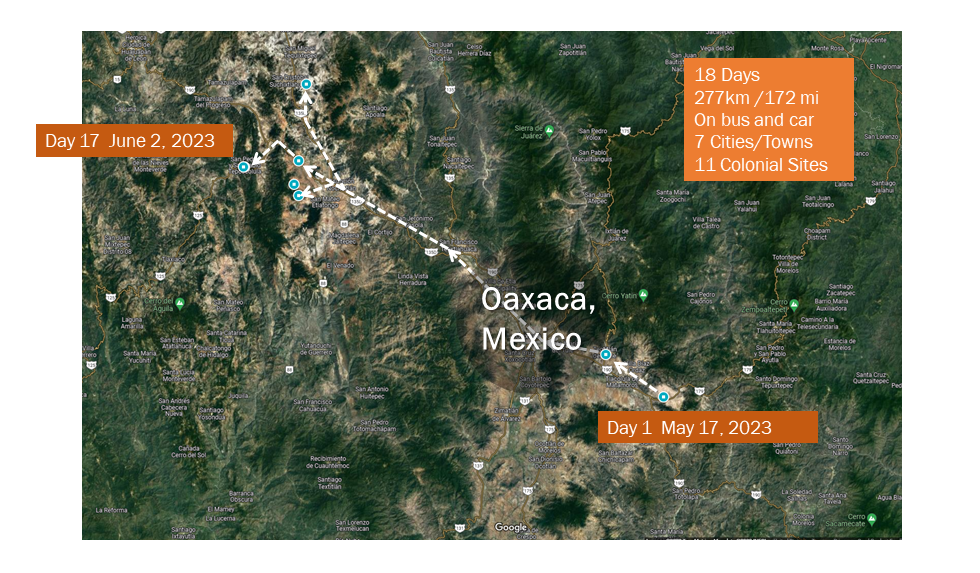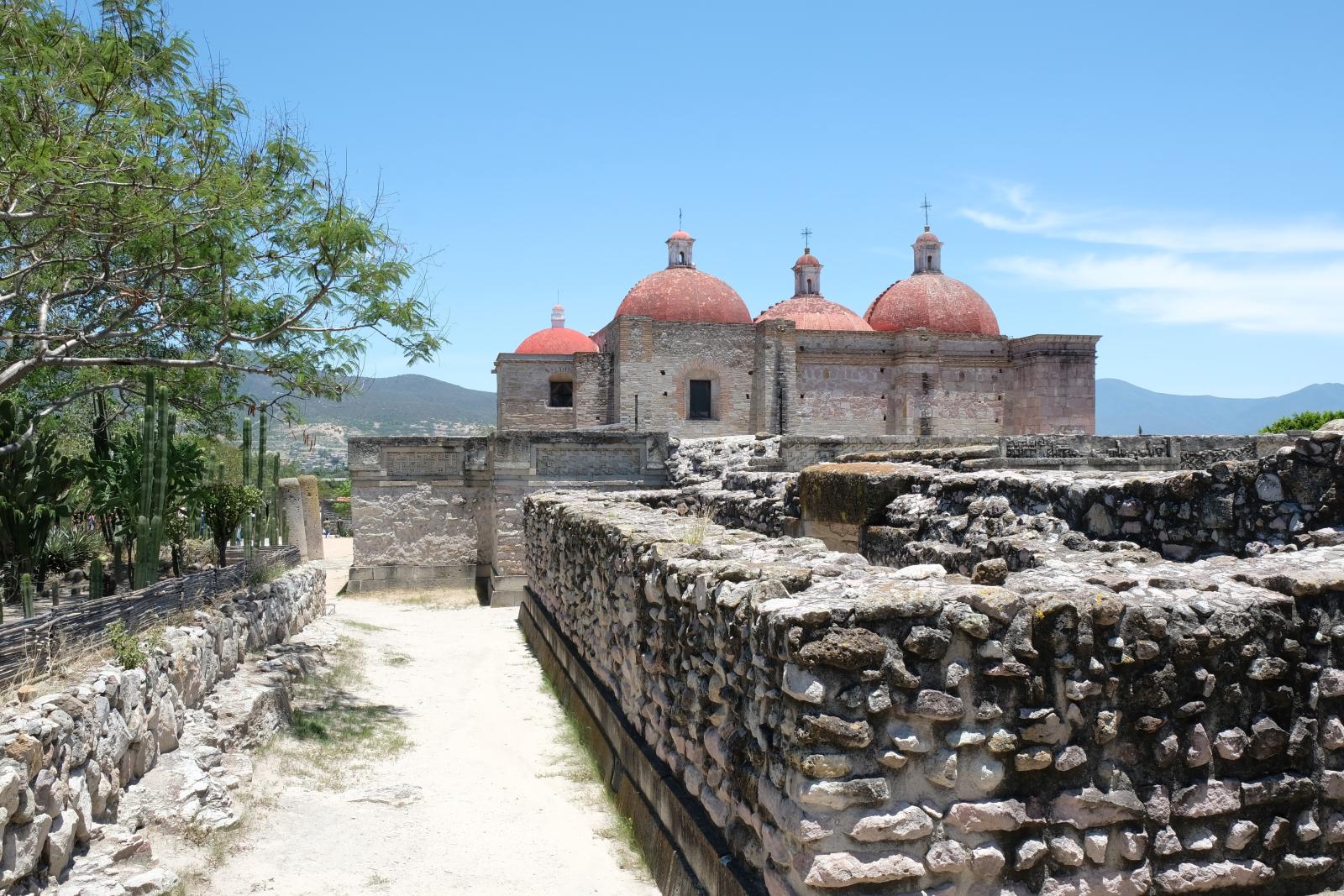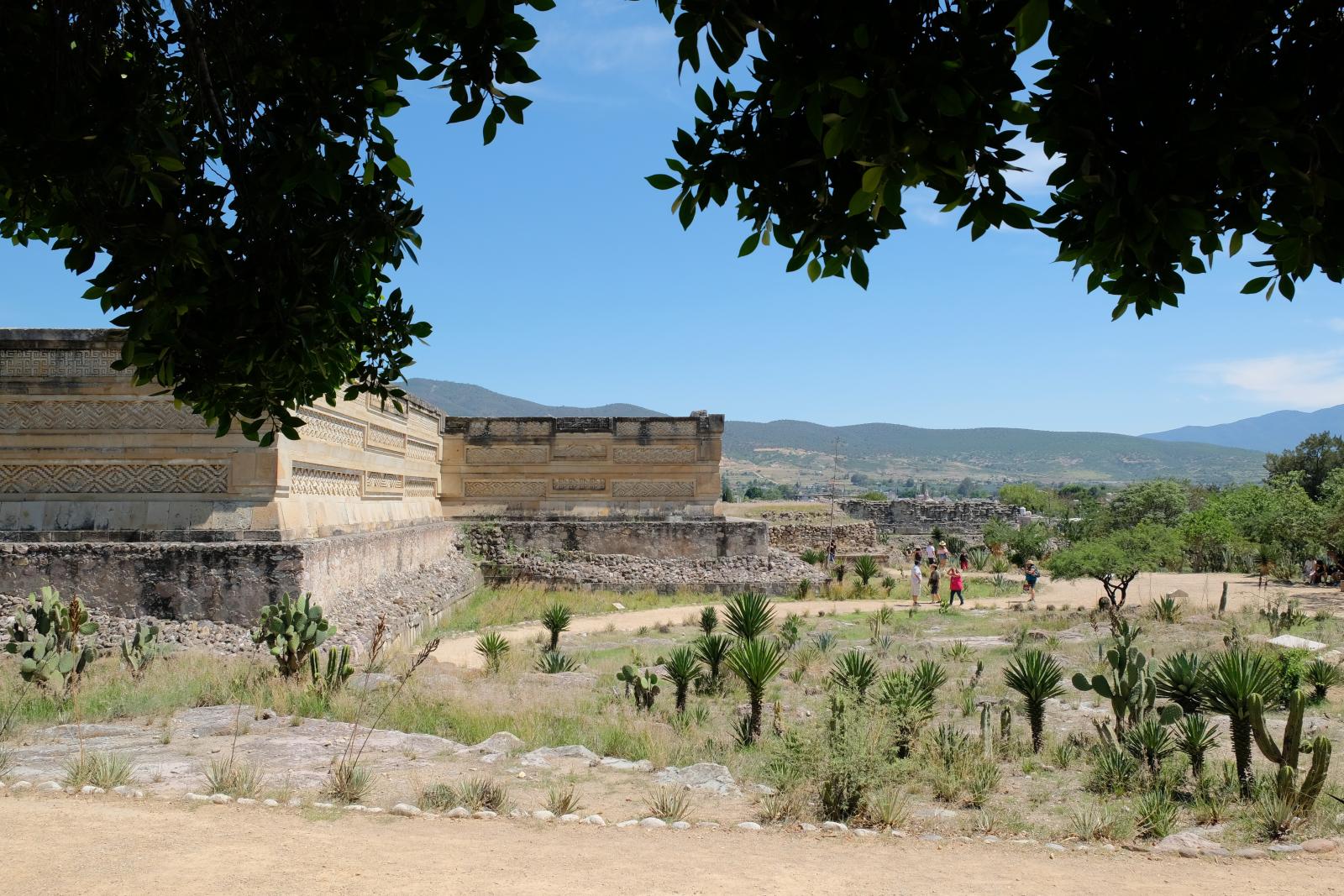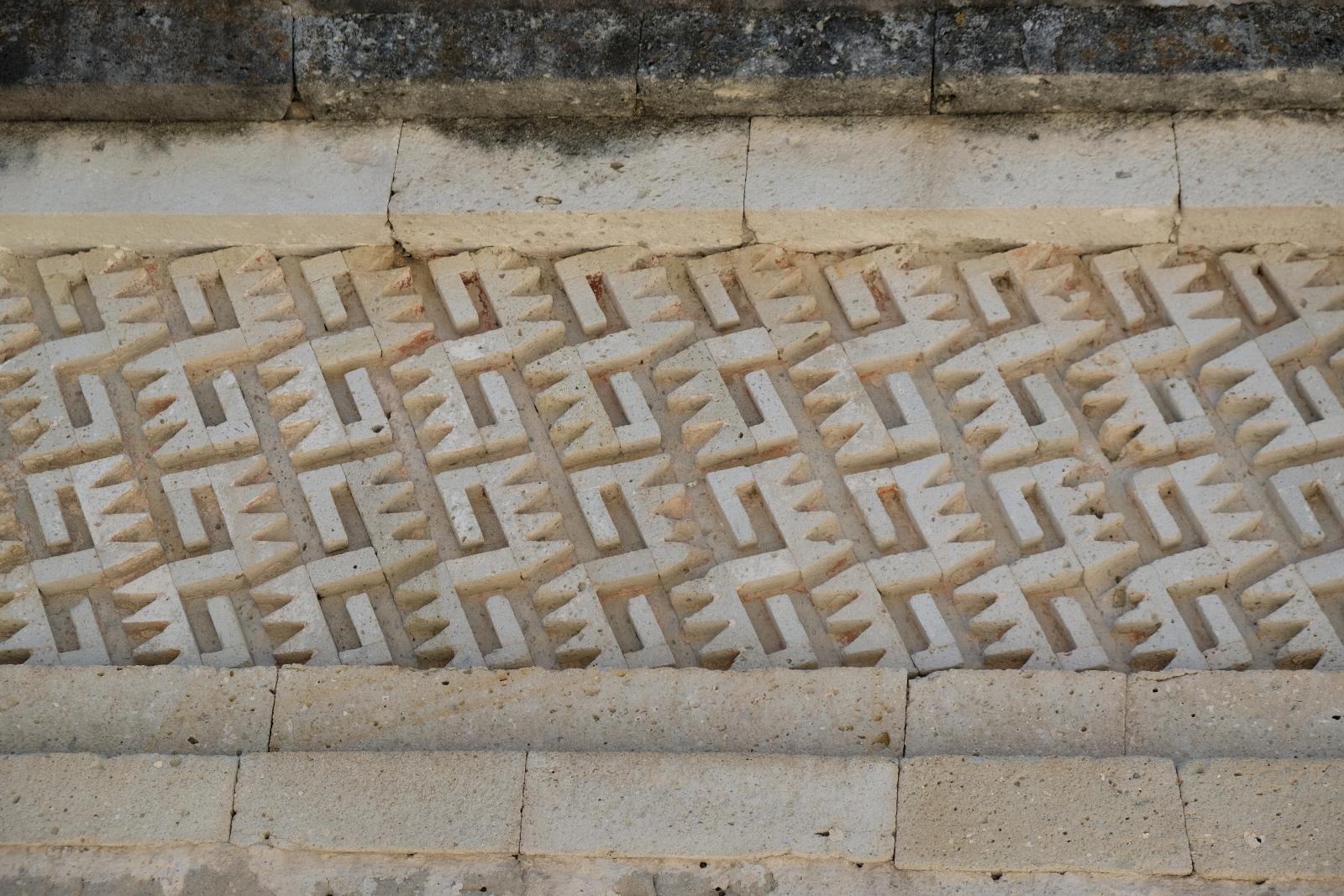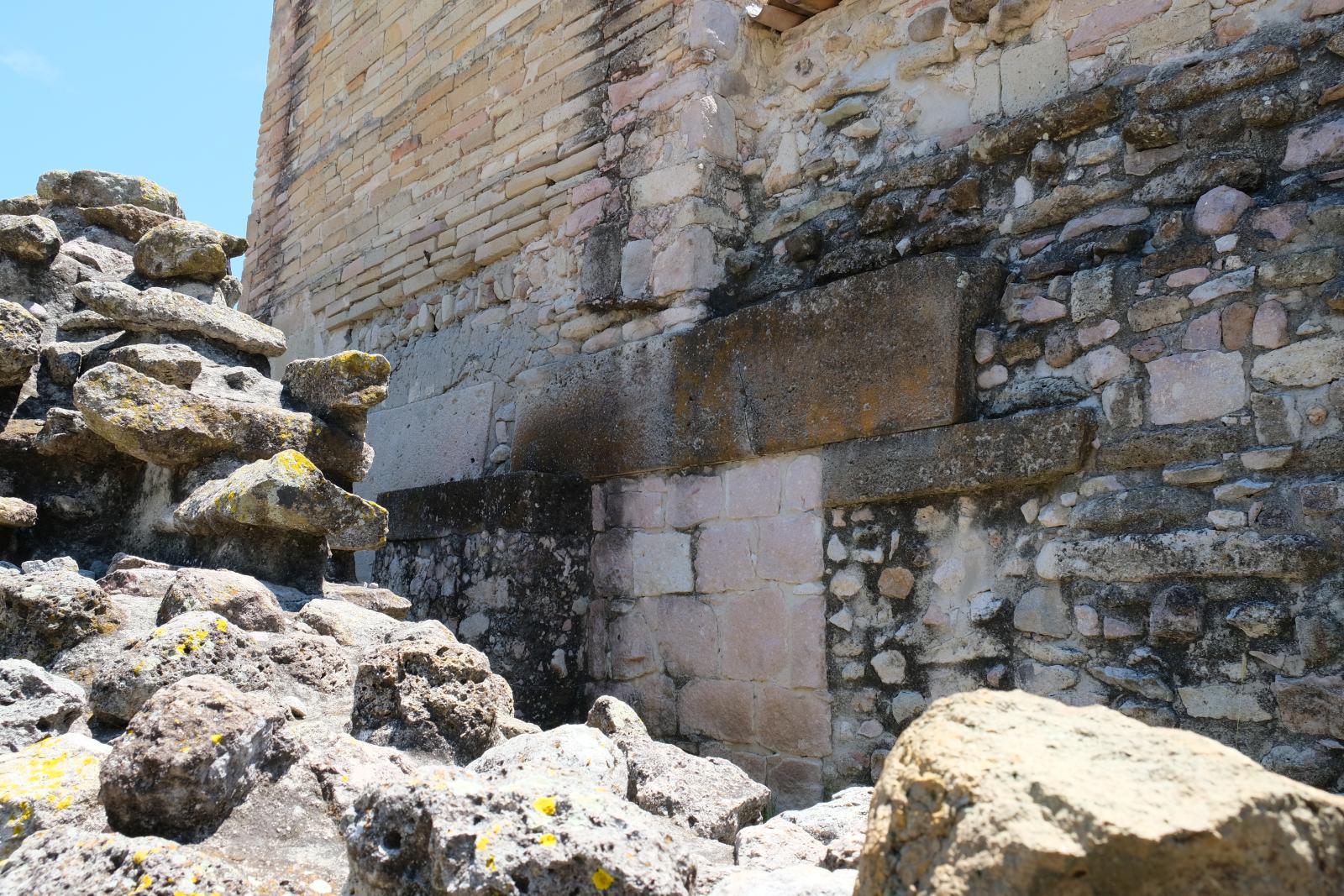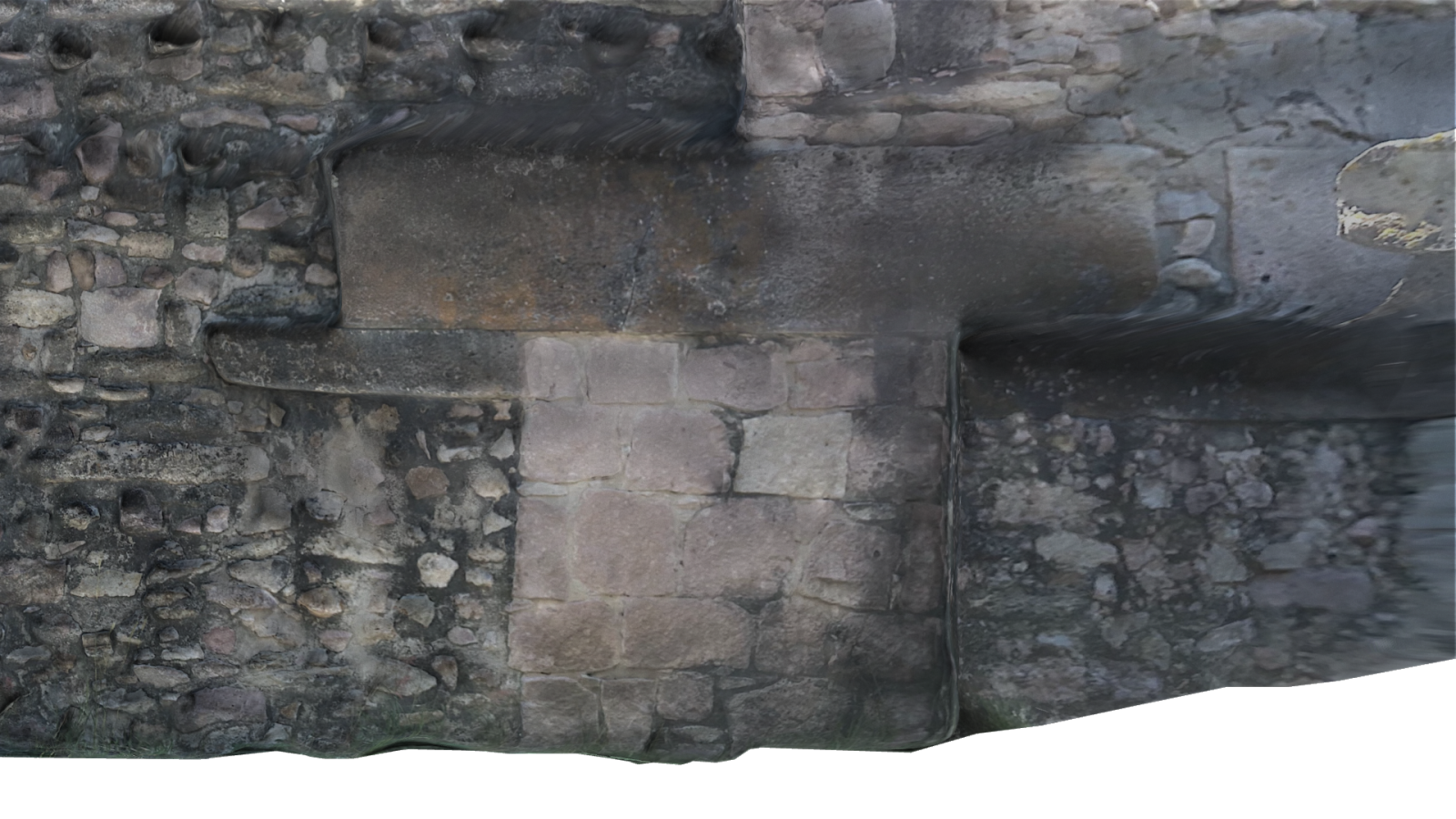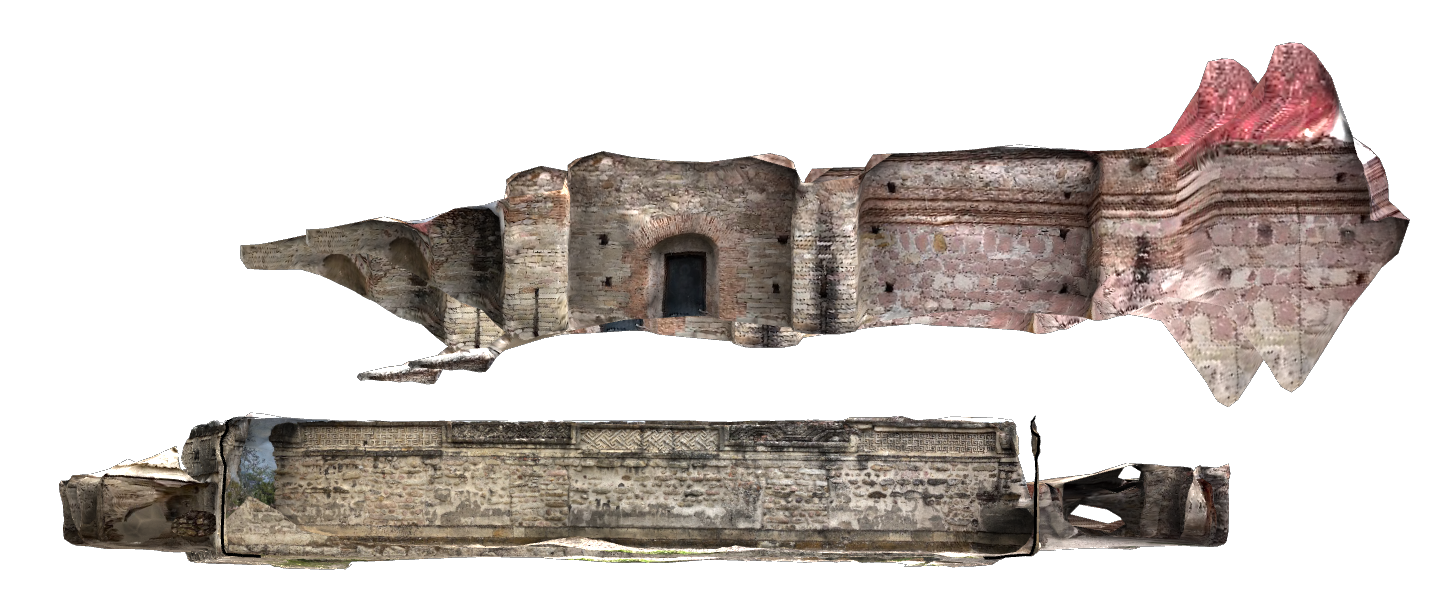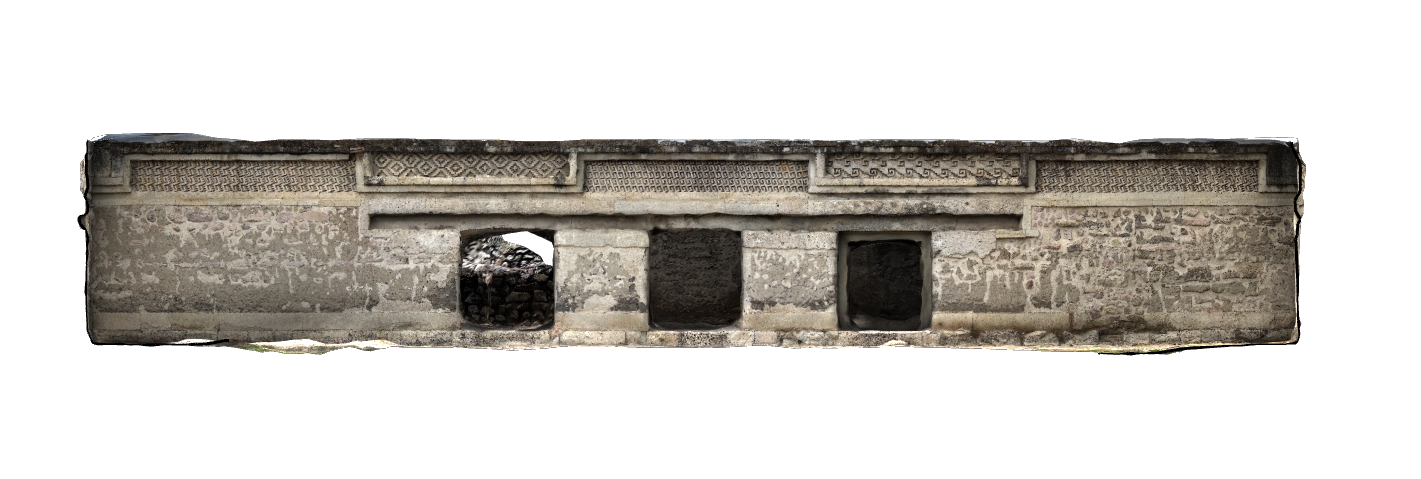Digitizing Decolonization in Oaxaca, Mexico
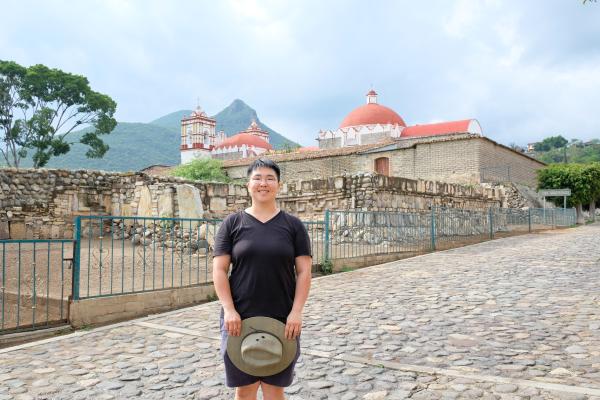
For Master of Architecture student Ji Yoon Ahn, receiving the 2023 Boone Powell Family Travel Prize in Urban Design presented an opportunity to combine several lines of research and exploration they have embarked on during their time at The University of Texas at Austin School of Architecture—specifically, advanced digital documentation technologies, and discourse on decolonial architecture.
Established by Boone Powell (BArch ’56) and his daughters Laura (MSCRP ’95) and Leilah (MSCRP ’96), the Boone Powell Family Prize in Urban Design has provided independent research travel funding to fourteen School of Architecture students since 2005. Ahn’s project, “Digitizing Decolonization,” was the result of an eighteen-day research trip to Oaxaca, Mexico, during the summer of 2023 to study the traces and overlap of pre-colonial and colonial architecture via eleven archaeological sites across the region.
“My interest in architecture in Mexico began when I visited Mexico City in 2018 and experienced the Plaza de las Tres Culturas,” Ahn said. “There, the juxtaposition of the architecture of different eras—the Tenochtitlan temple, the colonial church, and the modern housing building—fascinated me. As someone who grew up in Seoul, where the layers of a challenging colonial past remain obscured within the city, I was particularly interested in the way that the physical structures of Mexico could serve as a manifestation and representation of the country’s complicated history.”
So, when an expert in Pre-Columbian architecture in Mexico, Dr. Nelly Robles Garcia, visited campus last spring, Ahn jumped at the opportunity to learn more.
During the Spring 2023 semester, Dr. Robles joined the School of Architecture as a Fulbright Visiting Scholar through the United States-Mexico Commission for Educational and Cultural Exchange. While here, Robles taught the School of Architecture’s first-ever elective focused on pre-Columbian architecture, and she also gave a public lecture about Monte Alban, one of the most studied pre-Columbian sites in the Americas, located in Oaxaca. Ahn attended Robles’ lecture, which planted the seed for their Boone Powell Prize research theme.
Within Mexico, the area around Oaxaca has a rich history rooted in indigenous culture and trade. However, with the arrival of the Spanish in the 16th century, many indigenous structures, including temples, were destroyed and replaced by Catholic churches. In Oaxaca, Mitla was one such site, where the Spanish missionaries destroyed and dismantled the existing Zapotec structure, using the stone blocks and the remains of the original building to build the Church of San Pablo on top.
“For me, places like Mitla where two architectures and cultures overlap present an opportunity to explore questions about how power has been spatially negotiated,” Ahn said. “Looking deeper at these archaeological sites, we can expand how we archive, document, and consider these historic ruins to tell the stories of non-Western-centric narratives.”
In addition to interviewing Dr. Robles in Oaxaca to learn more about the history and cultural context of the ruins, Ahn meticulously photographed each of the eleven sites they visited, and they conducted an in-depth point cloud scan of the walls and friezes at the Church of San Pablo at Mitla. Using photogrammetry, a digital documentation tool introduced in Senior Lecturer Rob Stepnoski’s “Reality Capture for Architecture” course, Ahn used the point cloud scanning technology to document the overlapping structures at the Church of San Pablo, specifically the backside of the church where half of the wall is ruins, and half is constructed with more modern methods.
“The point cloud is a valuable tool for digital heritage documentation, as it makes historic sites more accessible to the public,” Ahn said. “By embracing these types of technologies, we can expand our capacity to reveal and share cultural heritage in a more inclusive way.”
Moving forward, Ahn hopes to use the point cloud data they gathered during the trip to create a 3D-printed model of the wall that supports both the Church of San Pablo and the Zapotec Plaza. Pending permission from the Instituto Nacional de Antropología e Historia (INAH, National Institute of Anthropology and History), which serves as the steward for the historic site, Ahn also hopes to fly a drone over Mitla to create a more comprehensive 3D model.
Ultimately, Ahn hopes this research can help expand how we archive and document historical ruins while more accurately representing them as venues to tell non-Western-centric narratives. As they put it: “Overall, this project offers a critical approach to the study of colonial and indigenous architecture and can contribute to broader conversations in the field that depart from the colonial settler-centric narrative that’s been at the heart of our discourse for so long.”
All photos by Ji Yoon Ahn.
